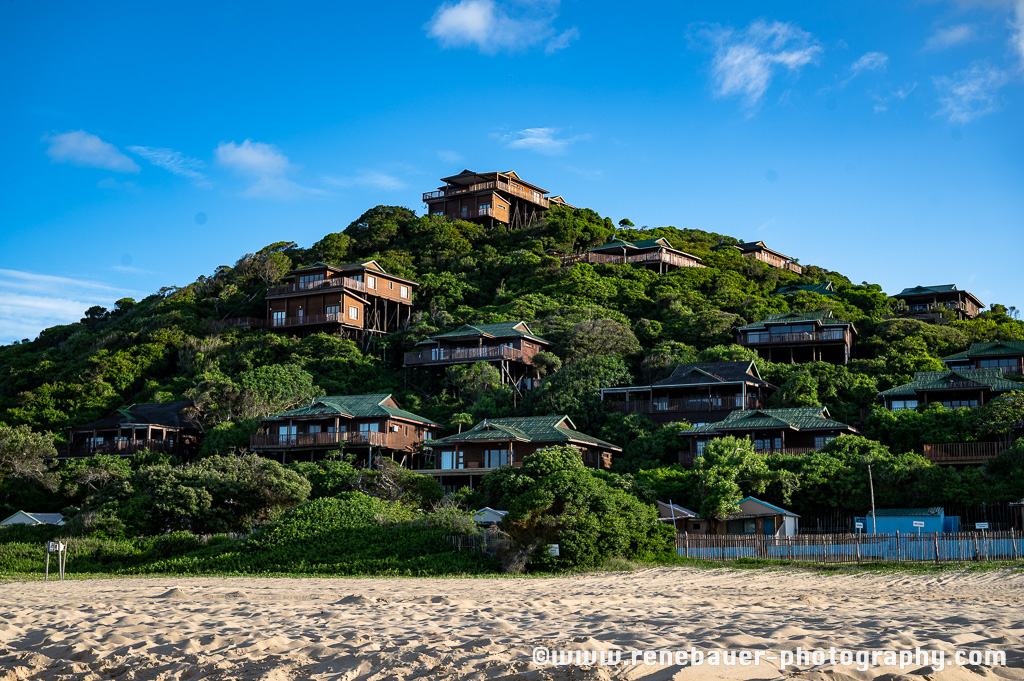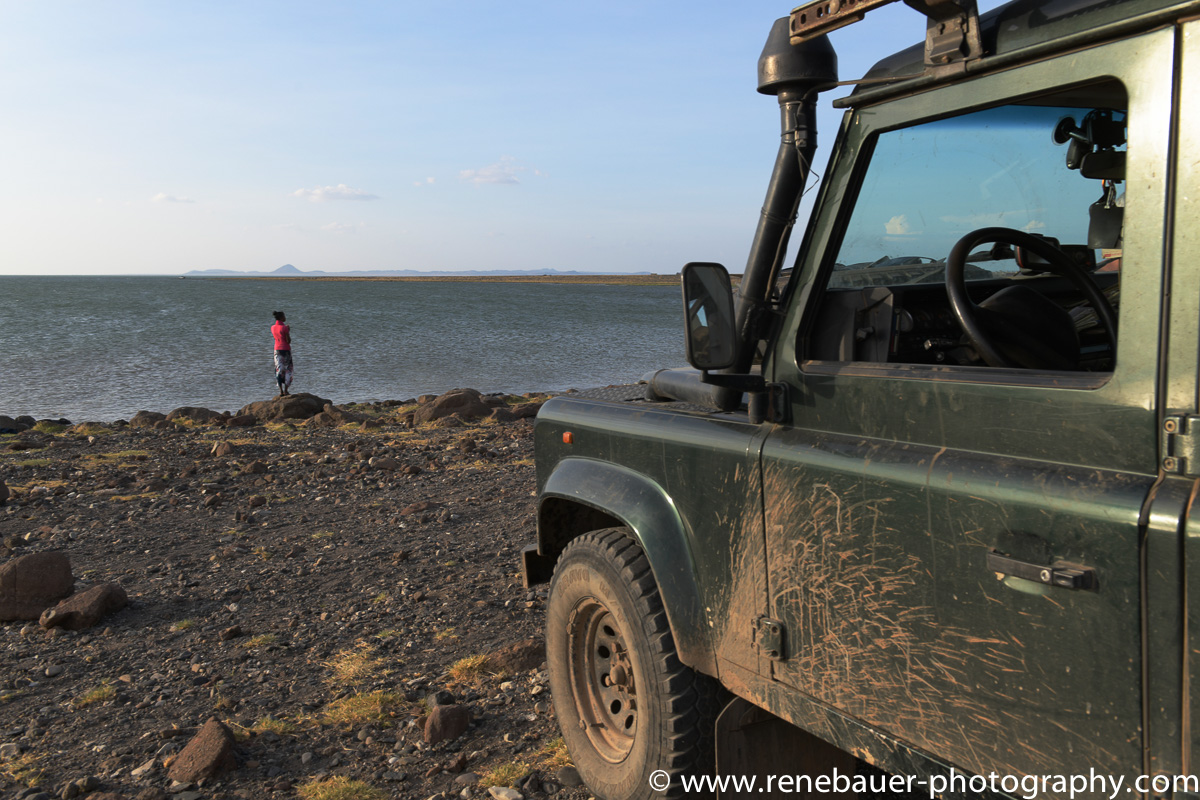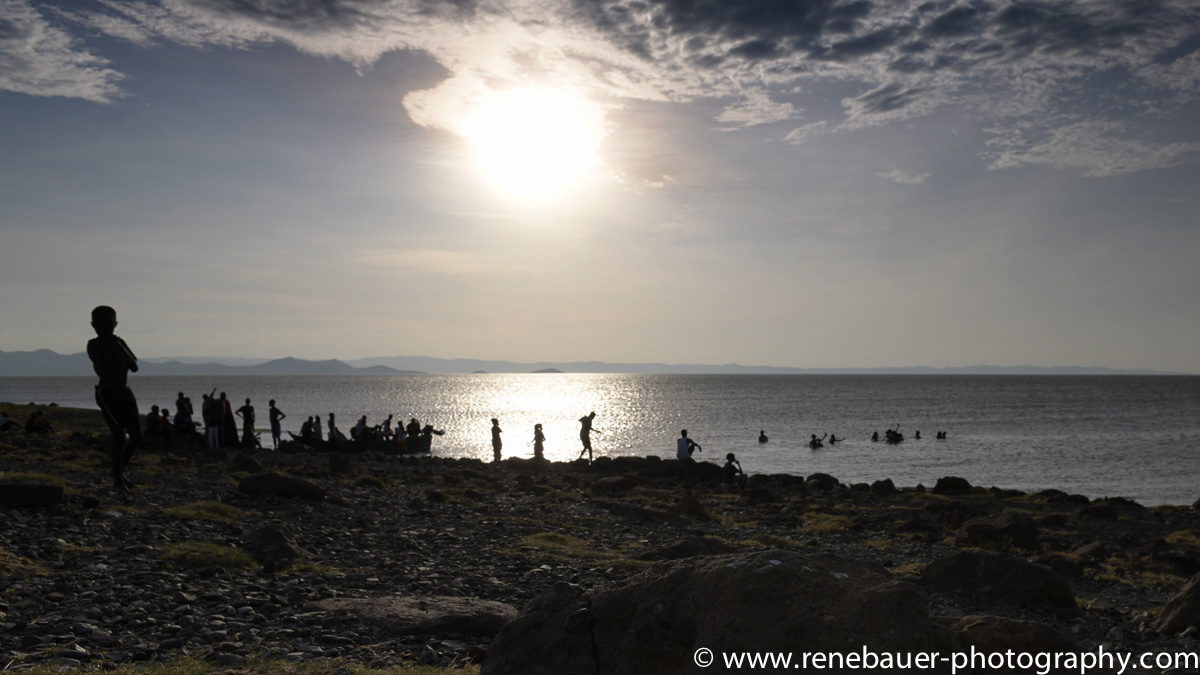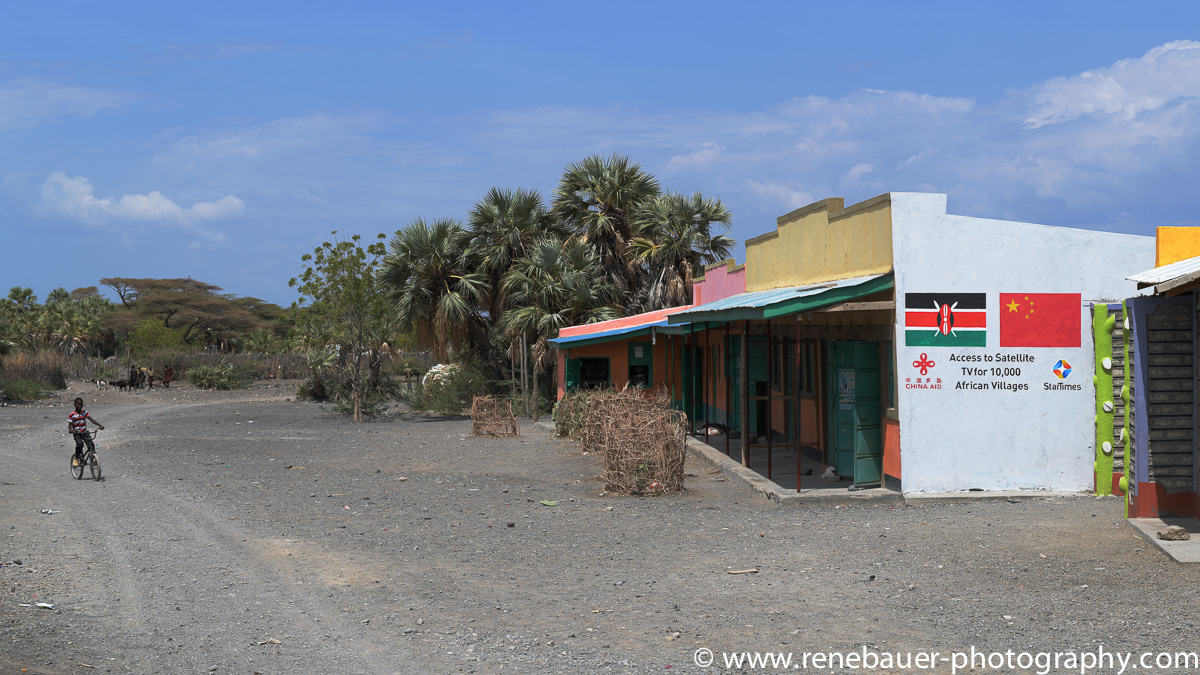Bad weather forecast for all the Northern Italy. Not only cold, but also lots of rain was predicted. No fun for camping at all.
I had to move on anyway. So i looked up for an alternative route and accommodation.
Go to the Apennin, they said. It’s fun, they said.
Fortunately i booked an apartment, i thought, when the cold creeped in the car as i gained more and more altitude. Around 1200 m a.s.l. the narrow, winding road got snow covered and icy.
Happily and safely i arrived that small unknown village, hidden in the thick fog,
Nobody to see on the street. Even the building, where i booked my apartment seemed abandoned. Only the neighbor opened his window, glared to my car and let me know, i’m parking on his property and have to move the car on the right place. The neighbor watch works all over the world, i thought amused.
Eventually i got into my warm, heated rooms and went out to explore the village. I passed the church and the memorial, which looked even more sad in the cold. A board at the pharmacy shows 4°C only. Many shops are closed down for the season. So are most restaurants and bars.
On the main square were some cars parked. Indeed, there’s a cafe open. Old men were sitting on tables, drinking coffee or beer and playing cards, while other watching and commenting the game. I could feel the eyes following me, when i entered and approached the waitress behind the counter.
Eventually they turned back to the game and to their conversation, while i sip on my cappuccino and observe the scene. The fog made the glass door milky, as if it try to push into the room. I felt like in a time capsule, thrown back 50 years or so, when the only bar in the village was the meeting point and source of the news, inside and outside of their world.
On my way back i found a little store, where i got some groceries, but most important some fresh bread, a small, typically cake, called panettone, and a bottle of red wine. What a cosy evening was awaiting me.
Gefällt mir Wird geladen …




































































































































































































